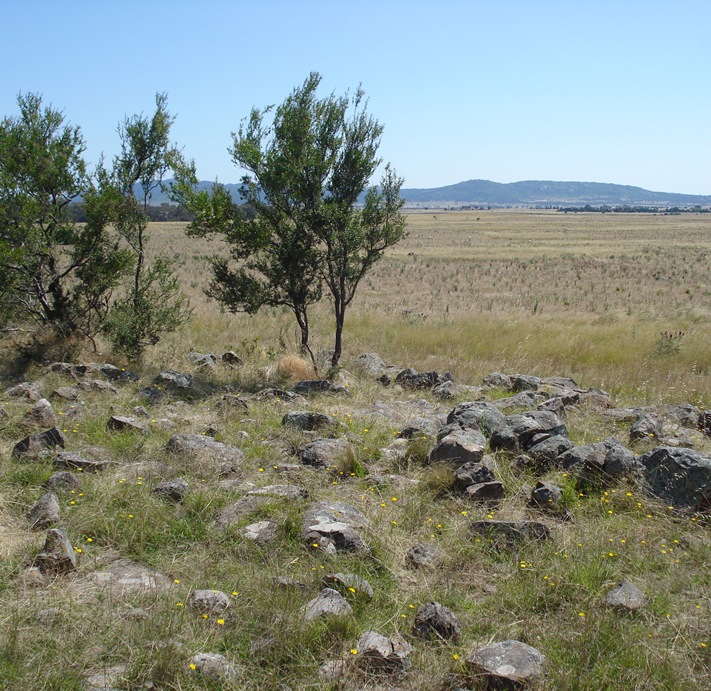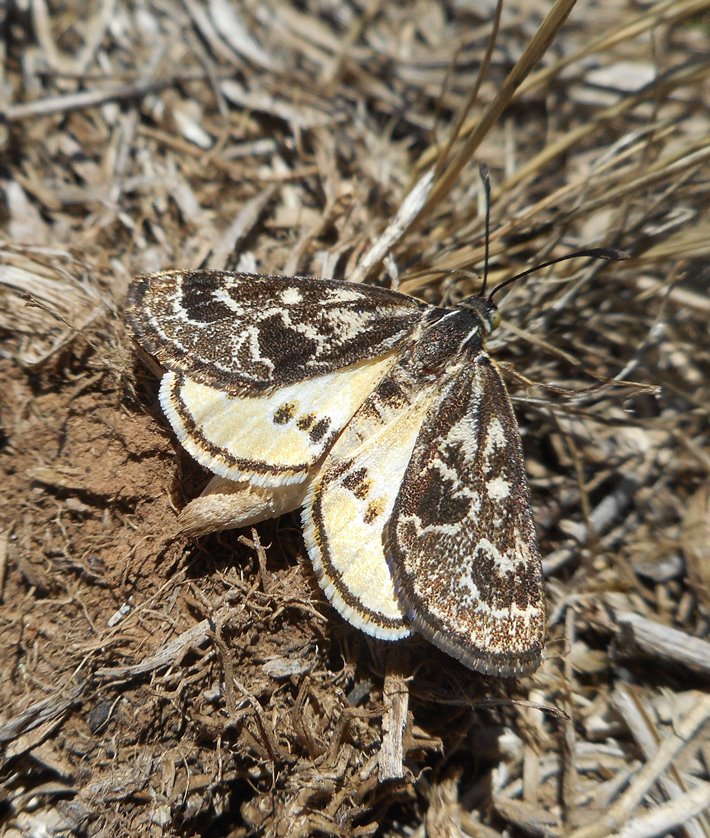ARI is helping to protect and manage threatened ecosystems on the fringes of Melbourne, under the Melbourne Strategic Assessment program (MSA). Its purpose is to mitigate the impacts of urban development on three listed ecological communities (a type of grassland, a woodland and a wetland), six listed plant species (two daisies, two orchids, a lily and a Rice-flower) and four listed animal species (a frog, a bandicoot, a moth and a lizard).
ARI has contributed to the MSA since it began in 2008, from the design of the program to its implementation. This included input into conservation reserve design, using both field assessments and spatial modeling; while collaborations with a range of experts have developed measurable management targets for each species and community to track and understand ecological changes within the reserves. This has contributed to the MSA Monitoring and Reporting Framework, and led to the publication of a new approach to quantifying vegetation quality using expert preference data.
ARI scientists continue to work with the DELWP Regulatory Strategy & Design Branch and Knowledge & Decision Systems Branch on several aspects of the MSA, including:
- Inventory and mapping of the plants and animals that occur on newly-reserved properties. This involves a range of survey techniques, including remote cameras from which ARI has documented a range of biological values, and threats. Results to date include records of twelve plants and four animals that are rare, vulnerable or endangered in Victoria; plus twenty records of noxious weeds
- Field-based monitoring of threatened species and communities, using the protocols set out in the MSA Monitoring and Reporting Framework. This provides the data required to report on ecological changes occurring under the MSA
- Making ecological models that quantify the expected responses of species or communities to management interventions and are used to guide future management decisions


For more information on ARI's involvement in the MSA contact: steve.sinclair@delwp.vic.gov.au
The following journal articles are available:
- Bryant, D., Sinclair, S., Geary, W., Bruce, M. and Millen, C. (2018) The occurrence of the Southern Brown Bandicoot 'Isoodon obesulus obesulus' and its habitat on Chinaman Island, Western Port, Victoria. The Victorian Naturalist 135: 128-139
- Sinclair, S.J., Bruce, M.J., Griffioen, P., Dodd, A., and White, M.D. (2017) A condition metric for Eucalyptus woodland derived from expert evaluations. Conservation Biology
- Bryant, D., Bruce, M.J. and Sinclair, S.J. (2017) Observations of responses to re‐introducing fire in a Basalt Plains grassland after the removal of grazing: Implications for restoration. Ecological Management and Restoration
- Sinclair, S.J., Griffioen, P., Duncan, D.H., Millett-Riley, J.E., and White, M.D. (2015). Quantifying ecosystem quality by modeling multi‐attribute expert opinion. Ecological Applications 25(6): 1463-1477
- Sinclair, S.J., Duncan, D.H. and Bruce, M.J. (2014) Mortality of native grasses after a summer fire in natural temperate grassland suggests ecosystem instability. Ecological Management and Restoration 15: 91-94
Page last updated: 13/11/19